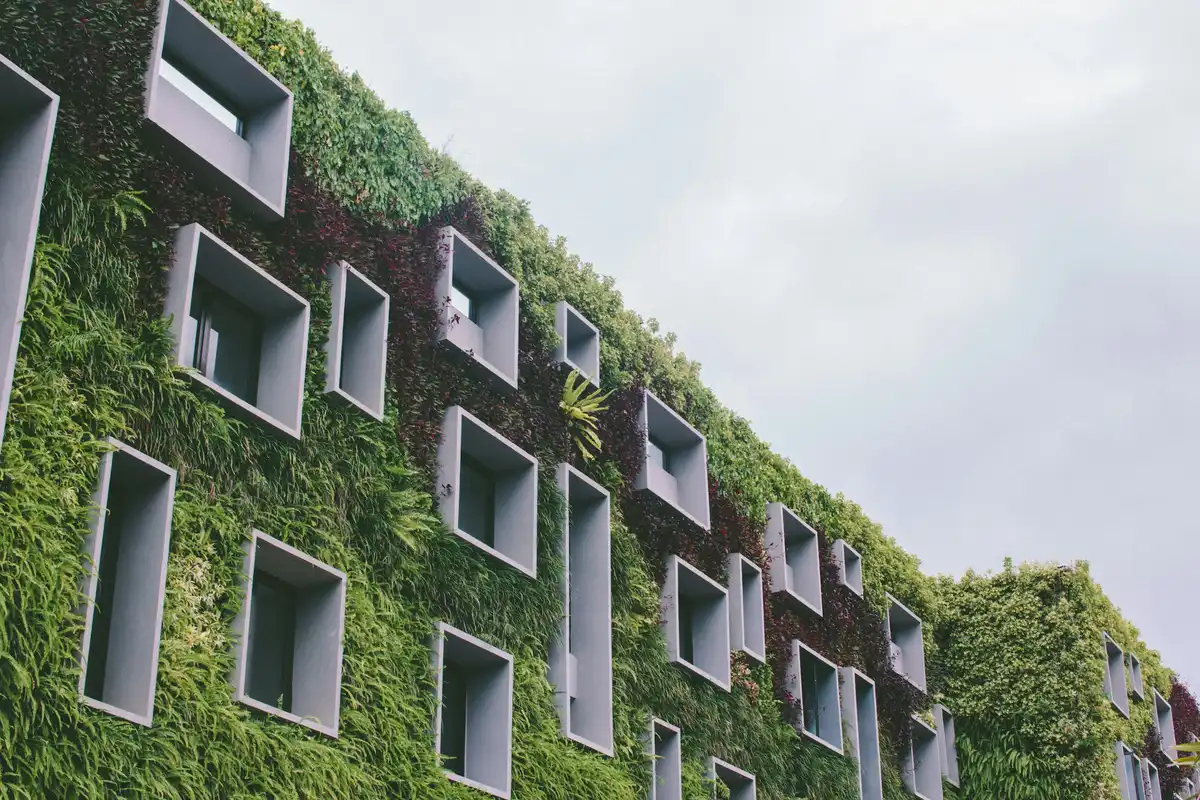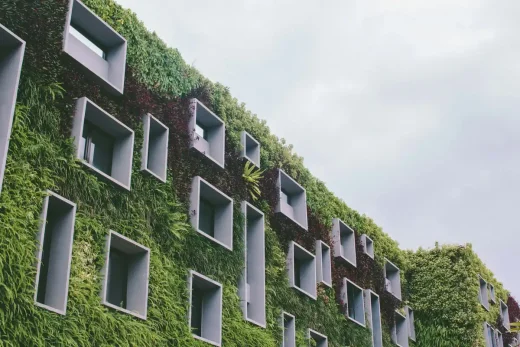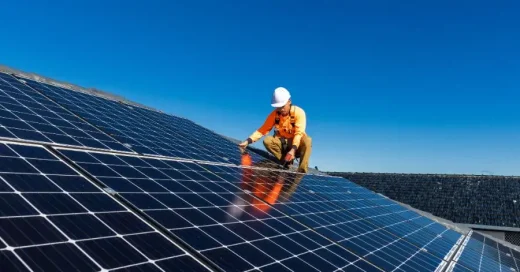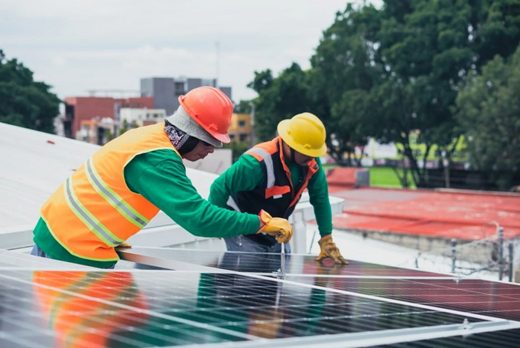Eco-friendly architecture design, House solar-generators, Property power technology
Eco-Friendly Architecture: Small Changes with Big Impacts
7 November 2024
Eco-friendly architecture isn’t just for large construction projects or futuristic homes. Small, thoughtful changes can make a significant difference in your home’s environmental impact, contributing to a healthier, more sustainable planet.
Many eco-friendly upgrades are surprisingly easy to implement and can benefit both your living space and your utility bills.
Maximizing Energy Efficiency
One of the first steps toward eco-friendly architecture is improving energy efficiency. Reducing energy consumption lessens a home’s overall environmental footprint while also cutting down on utility costs.
Simple changes, like installing double-glazed windows and properly insulating walls and attics, help retain heat in winter and keep spaces cool in summer.
Another effective upgrade is to switch to energy-efficient LED lighting throughout the home, which consumes less electricity and lasts longer than traditional bulbs.
For those looking to reduce their dependency on the grid, installing a solar generator can be a practical solution. Solar generators provide clean, renewable energy and are easy to incorporate into a household’s power system.
Water Conservation Strategies
Water conservation is an essential component of eco-friendly architecture, as household water use contributes to the depletion of natural resources.
Simple upgrades, like low-flow faucets, can make a noticeable difference in water consumption. These fixtures reduce the flow rate while maintaining sufficient pressure, allowing you to conserve water without sacrificing comfort.
Incorporating rainwater harvesting systems is another impactful solution. These systems capture rainwater from rooftops and store it for various non-potable uses, such as irrigation or toilet flushing.
Graywater recycling systems, which treat wastewater from sinks and showers for reuse, are also an option for those looking to make a bigger commitment to water conservation.
Embracing Sustainable Materials
Choosing sustainable materials is another small change that can have a substantial impact on a home’s environmental footprint.
Bamboo, for instance, is a highly renewable resource that grows quickly and can be used for flooring, cabinetry, and furniture.
Cork is another eco-friendly choice; it’s harvested from the bark of cork trees without harming the tree, making it a renewable and biodegradable material.
Recycled materials, such as reclaimed wood and repurposed metals, are excellent for adding character to a space while reducing the demand for new resources.
These materials are not only eco-friendly but often come with unique textures and stories that add personality to a home. Selecting local materials whenever possible also helps reduce the carbon emissions associated with transporting goods over long distances.
Passive Design Techniques
Passive design techniques take advantage of natural elements, like sunlight and wind, to reduce energy needs.
By strategically positioning windows and rooms, you can maximize natural light and reduce the need for artificial lighting. In cooler climates, south-facing windows are ideal for capturing sunlight throughout the day, helping to naturally warm the space.
To reduce your energy bills further, it’s worth researching the best solar generator for whole house needs to find the right fit. This eco-friendly choice can significantly reduce a home’s reliance on traditional energy sources, particularly in regions with ample sunlight.
Improving Indoor Air Quality
Creating a healthy indoor environment is a vital aspect of eco-friendly architecture. Low-VOC (volatile organic compound) paints, stains, and finishes release fewer pollutants into the air, improving indoor air quality.
Using natural fibers like cotton, wool, and jute for furnishings and decor can also help reduce the presence of synthetic chemicals in your home.
Adding indoor plants is a simple way to enhance air quality. Plants like spider plants, snake plants, and peace lilies can filter pollutants and release oxygen, creating a fresher indoor environment. They also add a touch of nature to your home, contributing to a calming, eco-friendly aesthetic.
Small Changes for Lasting Impact
Embracing eco-friendly architecture doesn’t require a complete home renovation or extensive resources. Small, thoughtful changes like energy-efficient upgrades, sustainable materials, and water conservation measures can collectively reduce your home’s environmental impact.
Not only do these adjustments create a healthier living space, but they also contribute to a more sustainable future, demonstrating that every step toward eco-friendly living makes a difference.
Comments on this guide to Eco-Friendly Architecture: Small Changes with Big Impacts article are welcome.
Solar Panels Articles
Solar Panels Posts
Before Installing Solar Panels
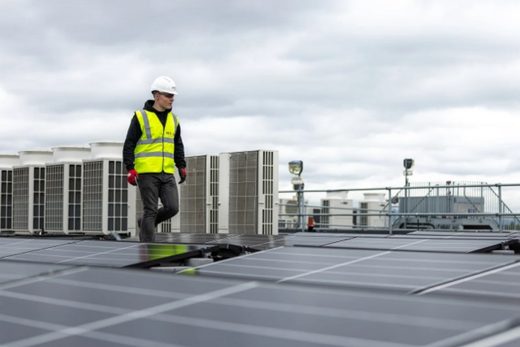
Types of roofing for solar panel installation
Building Articles
Residential Architecture
Comments / photos for the Eco-friendly architecture design at home page welcome.

